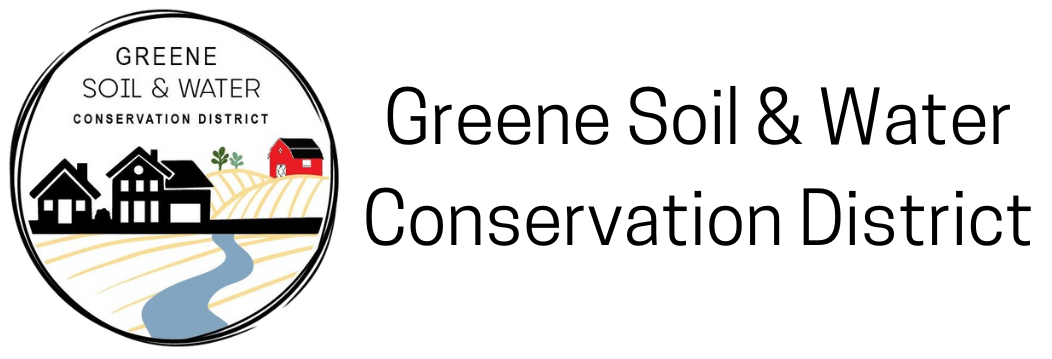Stormwater Basics
BRIEF OVERVIEW/HISTORY
In 1999, Phase II of the of the National Pollutant Discharge Elimination System (NPDES) permit, developed through the EPA, was approved and signed into law. This second phase required smaller communities, such as Greene County, to obtain permits in effort to reduce or eliminate pollutant sources from entering its public waterways as polluted stormwater runoff. The Greene County Engineer's Office administers the County's MS4 permit under the National Pollutant Discharge Elimination System (NPDES) commonly known as Phase II.
Polluted stormwater runoff is often transported through municipal separate storm sewer systems (MS4s) and ultimately discharged into local rivers and streams without treatment. These pollutants can include oil and grease from roadways, pesticides, sediment from construction sites, bacteria from failing septic systems, or carelessly discarded trash. When these are introduced to the storm sewer system and ultimately reach our local waterways, they can have a wide, lasting impact on our community and our personal well-being. A polluted waterway discourages recreational use, can impair or destroy the habitat of local wildlife, and contaminates a major source of the region’s drinking water.
In order to remain compliant with its permit, Greene County is responsible for creating, maintaining, and implementing a Storm Water Management Plan (SWMP). This document is intended to identify and describe the best management practices to meet six criteria required by the NPDES permit. These six requirements, known as minimum control measures (MCMs), give Greene County and other communities a framework for which to reduce or eliminate this pollution. These MCM’s are:
1. Public Education and Outreach on Storm Water Impacts
2. Public Participation / Involvement
3. Illicit Discharge Detection and Elimination
4. Construction Site Storm Water Runoff Control
5. Post-Construction Storm Water Management in New Development and Redevelopment
6. Pollution Prevention / Good Housekeeping for Municipal Operations
The NPDES small MS4 permit was reissued on April 1, 2021 (NPDES Permit No. OHQ000004) and requires MS4 communities which are renewing coverage under this permit to update their SWMP to be consistent with the permit and submit the updated SWMP to Ohio EPA (OEPA) by April 1, 2022. The permit term is five years, expiring on March 31, 2026.
Through implementation of the SWMP and the standards established by these MCMs, Greene County and its township co-permittees will continuously strive to make the Greater Miami River Region a beautiful and healthy place to live, work and play.
GREENE COUNTY Small MS4 General Permit-OHQ000004
Ohio EPA Facility Permit Number: 1GQ00058*DG
GREENE COUNTY STORM WATER MANAGEMENT PROGRAM
Greene County has adopted the Storm Water Management Program (SWMP). The SWMP is in effect as of April 2022, and the public is encouraged to familiarize themselves with the official program document attached below.
Download Storm Water Management Plan (PDF)- coming soon
CO-PERMITTEES
Greene County and its township co-permittees are committed to the health and well-being of the community.
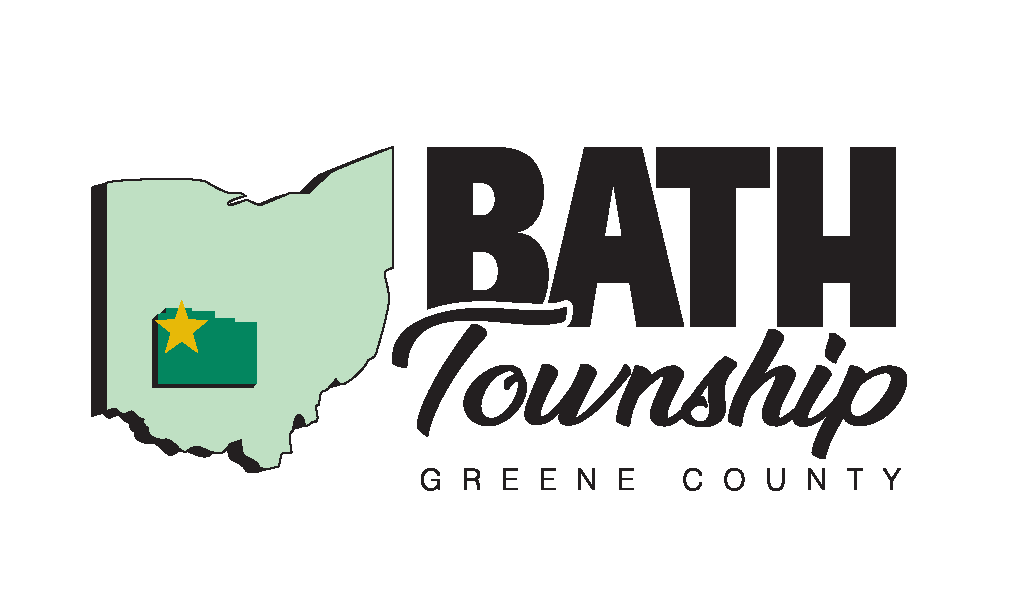
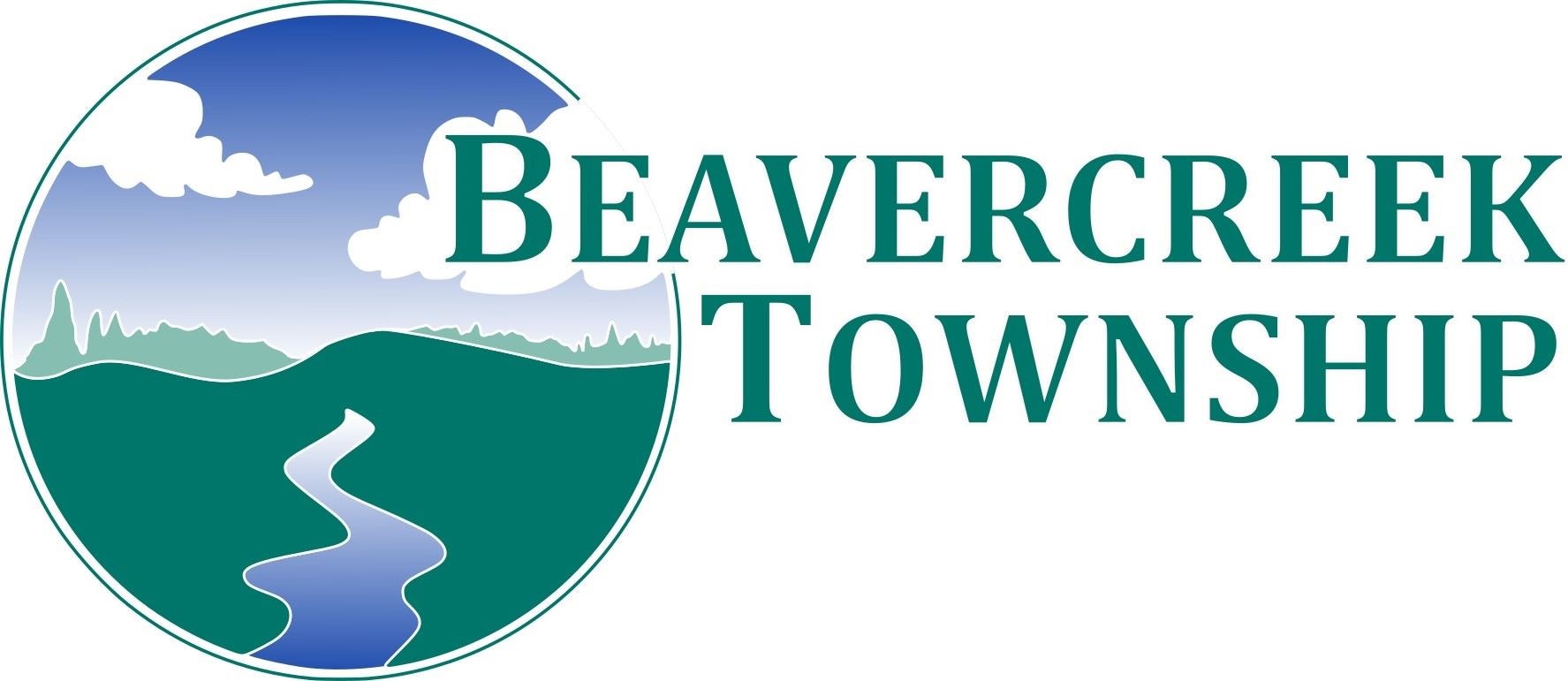
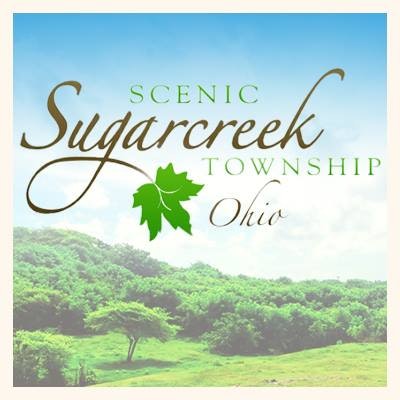
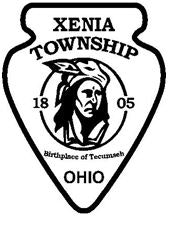
What is stormwater?
Stormwater is defined as the flow of water that results from precipitation which occurs immediately following a rainfall event or results from a snowmelt.
When a rainfall event occurs, the precipitation is "absorbed" by the environment. The water may soak into the soil recharging groundwater supplies, while some is taken up by plants, and some is evaporated into the atmosphere. All the other water that flows or runs off the land is considered storm water. Unfortunately, as development increases, the ability of our environment to perform its natural process of "absorption" decreases. This is because the natural landscape that was once able to absorb and clean stormwater is covered by impervious surface. Impervious surface is simply a surface that water is unable to penetrate. Rooftops, driveways, and roads are all examples of impervious surfaces.
Increased impervious surface results in both an increased amount of stormwater runoff and an increased chance for pollution to enter our waterways through our storm sewer systems. This type of pollution that results from stormwater runoff is called non point source pollution.
What is the National Pollutant Discharge Elimination System (NPDES) Phase I and Phase II?
The National Pollutant Discharge Elimination System (NPDES) Phase I was formulated in 1990 under the Clean Water Act to address this issue of polluted runoff, or nonpoint source pollution. Nonpoint source pollution is defined as pollution that comes from many different sources over a large area, and it is generated when rain or snowmelt collects impurities as it travels to a body of water.
NPDES Phase I was designed to regulate stormwater runoff discharges on construction sites that disturb five (5) or more acres of property. Under the Phase I program the EPA additionally required operators of “medium” and “large” (populations 100,000 or greater) Municipal Separate Storm Sewer Systems, or MS4s, to implement a storm water management program. In 1999 the United States Environmental Protection Agency (USEPA) expanded the NPDES storm water program by designating additional sources of storm water for regulation to protect water quality. This new, expanded program is NPDES Phase II.
The new NPDES Phase II regulations strengthen the ability of government to regulate sources of nonpoint source pollution, the leading cause of water quality degradation in the United States. Phase II affects two classes of facilities and associated permits for coverage on a nationwide basis: small municipalities (MS4s) and small construction sites. The OEPA was required to issue permits December 8, 2002 and regulated entities were required to submit permit applications and management plans by March 10, 2003. The Construction Activity Permit was renewed in 2008 and 2013 and the Small MS4 permit was renewed in 2009 and in 2014.
NPDES Phase II generally consists of two basic permits commonly referred to as the Construction Activity Permit and the Small MS4 Permit. The Construction Activity permit applies to ALL construction activities that disturb greater than one (1) acre regardless of location, population or density. The Small MS4 permit applies to all small MS4s in urbanized areas, or “UA’s”, as designated by the Bureau of Census, as well as small MS4s located outside a UA serving a jurisdiction with a population of at least 10,000 people and a population density of at least 1,000 people per square mile.
For more information on NPDES Phase II and the permit process check out the Ohio EPA website.
